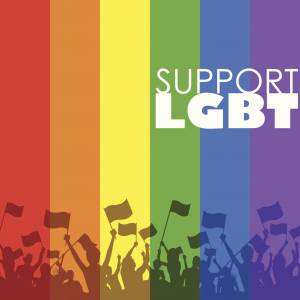It doesn’t matter where you stand on assisted dying when the reality is that the government has removed restrictions against physician-assisted dying in certain cases. It may not be for you personally, but what are you going to do when a loved one decides it’s the only option? Doctors are not the only ones who will wrestle with their consciences under the changing climate surrounding assisted dying. Pastoral care during this time is essential, which is why the Anglican Church of Canada released a report urging its leaders to recognize assisted dying as a reality and to provide palliative and pastoral care for patients and families.
Understanding the Framework
The Anglican Church formed a task force to study the issue. Canon Eric Beresford chaired the committee. He says, “We’re no longer in a debate about whether or not society is going to legalise physician-assisted dying – that’s happening, that train is out of the station.” The question now is how Anglicans can address the needs of those who will avail themselves of physician-assisted dying. Anglicans, like many churches around the world, believe that life is sacred. The report itself doesn’t actually answer the question of “whether Anglicans should be for or against assisted dying.” What it does do is outline theological questions and concerns while providing resources and prayers for those who are facing the end of their lives.
Quoting from “In Sure and Certain Hope: Resources to Assist Pastoral and Theological Approaches to Physician Assisted Dying,”
“Ultimately, it is not the pastoral care givers belief, nor the traditions or dogma of any faith tradition, nor the hopes and desires of family and friends which will determine the choice of assisted-dying. The final choice remains with the parishioner, informed by their own conscientious appropriation of their faith tradition. Family and friends provide the primary community within which the conversations that shape decisions happen. The pastoral care giver’s role becomes that of spiritual guide or facilitator. It is the pastoral care-giver who reminds and draws everyone’s attention back to the reality that God is present and amongst them sustaining this difficult journey of discernment and choice within God’s embrace of love and grace.”
Support and Care for Individuals
One term that is used in the report is “covenant of presence,” which is a commitment by pastors and loved ones to be there for those who are considering assisted dying. There’s no debate that the issue of physician-assisted dying is sensitive and complex, but being present to help someone at the end of his or her life is not providing support to the actual issue. It’s about individual care. Pastors cannot simply abandon members of their congregations. Families cannot step aside when a loved one has decided to take action. Being present is a way of upholding the dignity and autonomy of a life.
According to Dying With Dignity, a national organization that is an advocate for compassionate end of life choices, about 80 percent of Canadians support the right for advance consent to assisted dying, including giving individuals with dementia options for physician-assisted dying. Dying With Dignity has a website devoted to resources and support for those who are considering physician-assisted dying. Learn your rights and get a planning kit to help you talk to your loved ones and doctor.
The debate continues as leaders in government try to provide guidance over regulations for physician-assisted dying. People who choose assisted dying under the current guidelines can’t wait for the debate to end. Providing support and care for a loved one does not mean that you agree with his or her decision. It just means that you love and care for your family member and want to be there as he or she makes difficult decisions. Everyone can learn from the Anglican approach to assisted dying.




